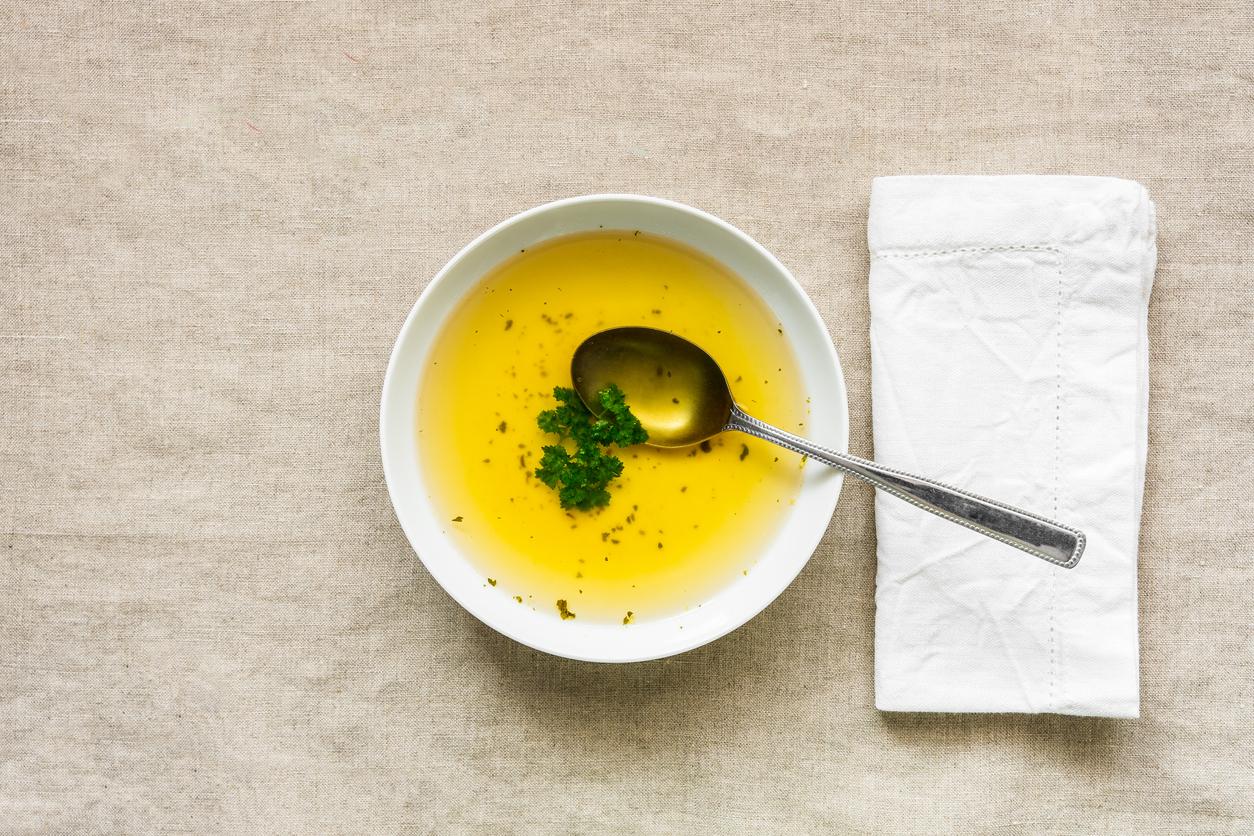a report of the National Institute on Alcohol Abuse and Alcoholism created in the United States in 1998 reveals a mixed record concerning massive alcoholizations. This phenomenon, also called binge-drinking, has grown among young people aged 18 to 24 over the past twenty years. It still rises among non-students but declines among populations pursuing university studies.
This report, published in the Journal of Studies on Alcohol and Drugs, describes that binge-drinking increased each year between 1999 and 2005 among students, from 42% of them having experienced it in the month preceding the survey, at 45%. Then, this habit subsided to reach a level of 37% of students affected in 2014. On the other hand, among young people who do not follow a study, it is the opposite trend: 36% of people concerned in 1999 against 40% in 2014.
Prevention easier for students
Beyond the simple experience of drinking in large quantities (five glasses or more on the same occasion), binge-drinking poses serious health problems: hospitalizations and deaths recorded in the United States due to alcohol overdoses are on the rise from the late 1990s in young adults. The phenomenon is particularly critical among 21-24 year olds, who practice more extreme binge-drinking, that is to say twice or more the critical threshold of intoxication. In contrast, driving under the influence of alcohol is on the decline among students and non-students alike.
Scientists see several explanations for the evolution of massive alcohol consumption figures, different depending on whether young people are studying or not. In particular, the actions carried out by the supervision of university structures would directly affect students and encourage them to reduce their consumption. The beneficial effects observed both in those who drink and in sober people (reduction in road accidents, violence, risky sexual relations, etc.) would encourage school leaders to continue their preventive actions. Conversely, non-student populations are not organized with structures having the same possibilities for grouped and targeted interventions. The researchers add that the effects of the economic crisis of 2008 could also be felt (lower budget devoted to alcohol), as well as the passage in the United States to a limit of 0.8g / L of alcohol in the blood for driving.
Read also :
Binge-drinking: effects on two generations!
Binge drinking, a poison for the brain
Liver diseases: binge-drinking questioned
















